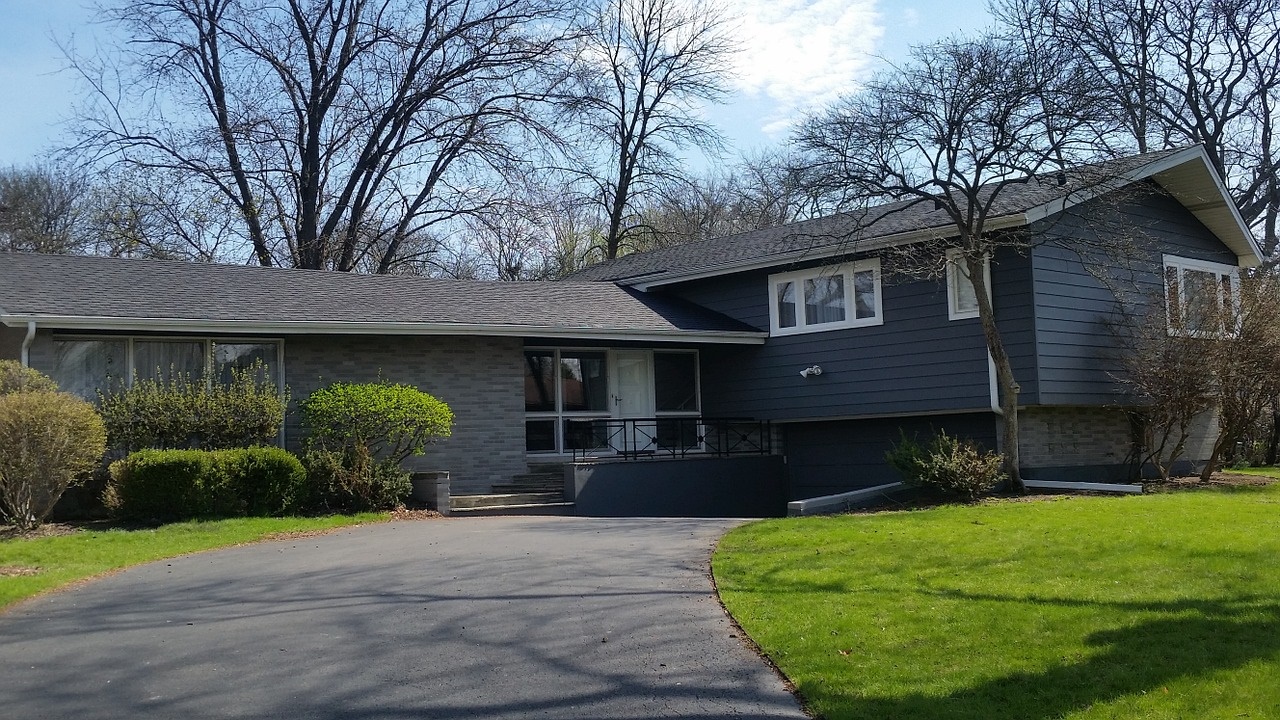
Siding is far more than merely a cosmetic refurbishment to the home; siding can act as a protector and safeguard against the elements and the bones of a house. With many siding options currently on the home improvement market, it may help to determine the amount of maintenance and care different materials require, and consider if it suits the buyer’s distinct lifestyle before making purchase decisions.
Some different options for buyers seeking siding include:
Versatile Vinyl
Perhaps the most popular option currently is vinyl, for its versatility and low-maintenance. Vinyl is easy to clean, typically at least once a year, with a hose or a pressure-washer, and it can last for years and years. If the siding becomes damaged or cracked, it is inexpensive to replace and restore the panel. Vinyl offers some insulation, which can impact the cost of utilities in the home, and it is inexpensive to purchase. Vinyl is less practical in extremely warm or sunny regions, as it can have the tendency to soften and warp.
Did you know that quality #VinylSiding for your home could last up to 50 years? #RoofworksMD https://t.co/4RBWV3L8KE pic.twitter.com/CwPWHcXQDW
— ROOFWORKS (@ROOFWORKS_) May 13, 2017
Multipurpose Metal
Metal is often seen in the siding for commercial buildings or industrial structures, and when used in the home, it is necessary to augment with insulation, as it inherently does not insulate well. Metal siding requires thorough cleaning a couple times a year to prevent rust and discoloration from oxidation. The heft and weight of metal siding make it less viable for do-it-yourself enthusiasts, and installation may require help from contractors or professionals. Scratches or damage is typically easy to buff out, and metal siding is widely available in most regions.
Facade Fix: 9 Ways to Add Curb Appeal with Corrugated Metal Sidinghttps://t.co/8qpIuATIf8@gardenista pic.twitter.com/0vWoq1w8S6
— Rochelle Greayer (@pithandvigor) April 27, 2017
Traditional Wood
Many buyers want wood simply for the aesthetic qualities that it brings to the home’s curb appeal. Wood has been used for years and is a favorite among consumers, but it does require some work to maintain its appearance. To preserve the integrity of the wood siding, any holes, cracks, or gaps need to be filled-in and caulked immediately. Barry Roewe, owner of the Missouri-based home improvement company TrueSon Exteriors, reiterated the importance of filling gaps in a timely fashion, stating, “it will help to prevent moisture from getting inside the wood and causing mildew, deterioration, and decay.” Wood siding should be protected with stain or paint, and this should be reapplied every few years. Wood is less practical for those living in a wet climate, as it can become warped or damaged when subjected to water over time.
7 Stunning Wood Siding Types That Will Transform Your House https://t.co/Qd2Tmgr5FZ pic.twitter.com/ddshJ5B5pn
— Leo – Remodel Calc (@RemodelCalc) May 17, 2017
Eco-friendly Options
If buyers want to contribute to stewardship of the environment, they may want to consider practical, eco-friendly options such as fiber cement. This siding material is actually a composite of sand, cement, cellulose, and fibers that create a durable, easy-maintenance siding for the home. This material also effectively insulates the home, keeping it cooler in summer and warmer in winter, which can contribute to energy savings year-round.
A Practical Guide to Fiber-Cement Siding https://t.co/d9zx0FSudk pic.twitter.com/LxkzqU9xwU
— Daniel Silvernail (@SilvernailArch) May 13, 2017
Recycled Siding
Some buyers find significant cost savings when buying recycled metal siding, such as aluminum or steel. Metal siding may be a bit pricey to purchase brand-new, but may be found during commercial renovations and demolitions often at a significant savings. Recycled plastics are also becoming the foundation for a cost-efficient type of vinyl siding, so talk with retailers about the most prudent and practical options for the project budget.
Did you know? Steel siding contains about 25% recycled content and is 100% recyclable when discarded! pic.twitter.com/b54a50o9rB
— Minnesota Exteriors (@MNExteriorsinc) March 4, 2017
Don’t make buying decisions in haste when looking at siding for the home. Take time to consider not just the cost, but the amount of work and maintenance each different option will entail. This may lead to unexpected choices that are aesthetically appealing, practical, and cost-effective.